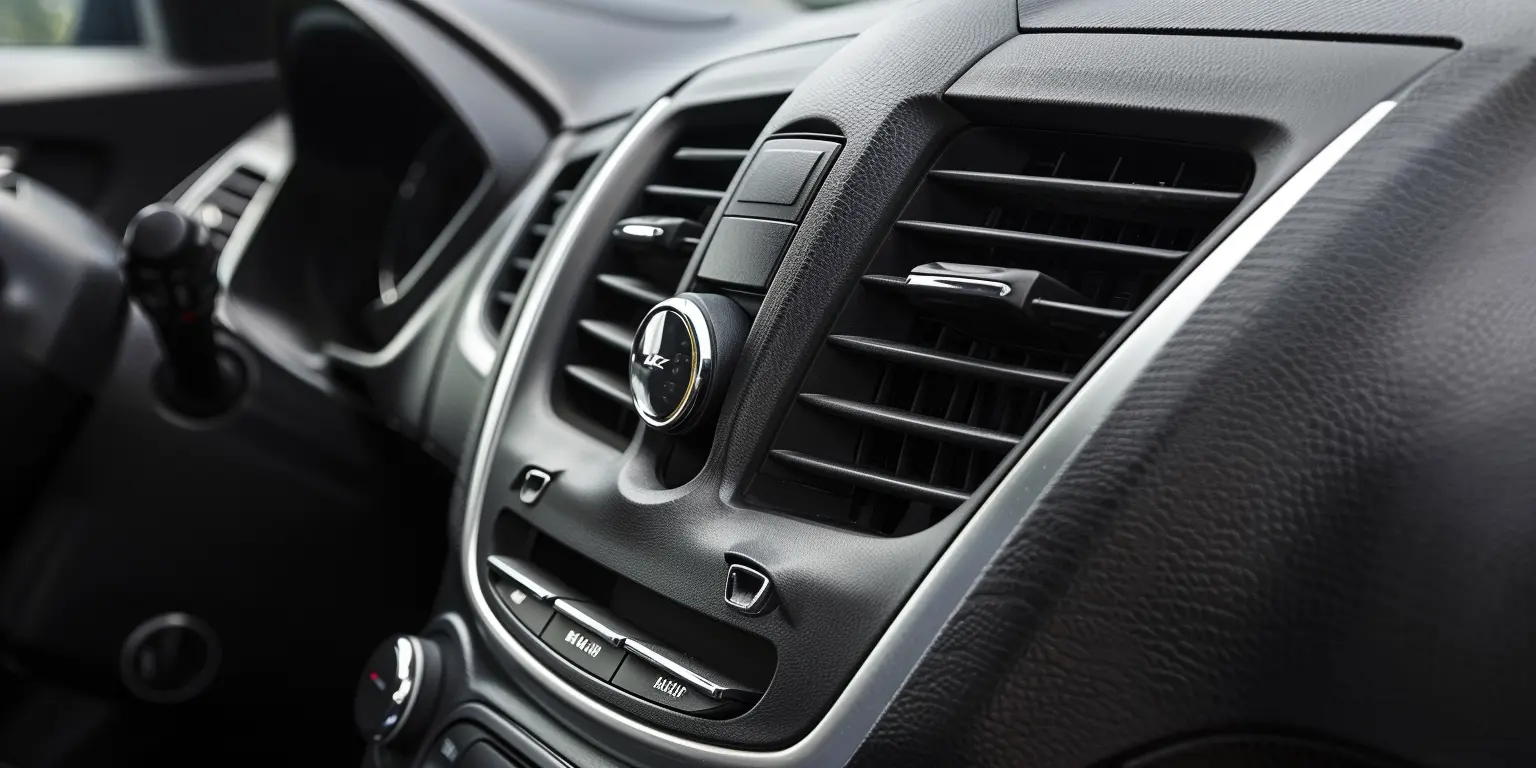Chevrolet Captiva Service & Repair Manual: Air Conditioning System Evacuate & Recharge

| The ACR 2000 air conditioning service center tool No. J 43600, or equivalent, recovers, recycles, evacuates and recharges A/C refrigerant quickly, accurately and automatically. The unit has a display screen that contains the function controls and displays prompts that will lead through the recover, recycle, evacuate and recharge operations. R-134a is recovered into and charged out of an internal storage vessel. The tool automatically replenishes this vessel from an external source tank in order to maintain a constant 12-15 lbs. of A/C refrigerant. The tool has a built in A/C refrigerant identifier that will test for contamination, prior to recovery and will indicate if there are foreign gases present in the A/C system. If foreign gases are present, the tool will not recover the refrigerant from the A/C system. The tool also features automatic air purge, single pass recycling and an automatic oil drain. Refer to tool manufacturers instruction manual for operation and setup instruction. Always recharge the A/C System with the proper amount of R-134a. |
Evacuating and recharging the air conditioning system in the Chevrolet Captiva 2013 involves several steps to ensure optimal performance and refrigerant levels. First, the system needs to be evacuated to remove any remaining refrigerant and moisture. This is typically done using a vacuum pump connected to the system's service ports. The vacuum pump creates a vacuum in the system, pulling out air and moisture, which can affect the efficiency of the AC system.
After evacuating the system, it's time to recharge it with the appropriate amount and type of refrigerant specified by the manufacturer. This process requires attaching a refrigerant canister to the service ports and following the instructions to inject the correct amount of refrigerant into the system. It's crucial to avoid overcharging the system, as it can lead to performance issues and potential damage.
Once the refrigerant is added, the AC system should be tested for proper cooling performance and pressure levels. This ensures that the system is functioning correctly and providing efficient cooling for the vehicle's interior. Regular maintenance of the air conditioning system, including evacuation and recharge when necessary, helps maintain comfort and performance, especially during hot weather conditions. For detailed instructions and safety precautions, always refer to the specific service manual for the Chevrolet Captiva 2013.
 Air Conditioning Refrigerant Recover
Air Conditioning Refrigerant Recover
The ACR 2000 air conditioning
service center tool No. J 43600, or equivalent, recovers, recycles, evacuates
and recharges A/C refrigerant quickly, accurately and automatically. The
...
 Air Conditioning System Leak, Inspection
Air Conditioning System Leak, Inspection
A visual inspection must always be performed to confirm the presence of aftermarket components, potential collision damage, or areas of concern. With the oils use ...
More about:
Chevrolet Captiva Service & Repair Manual > Steering & Suspension: Stabilizer Bar Bushing R&R
Front
1.
Remove front tire and wheel assemblies.
2.
Remove front stabilizer shaft insulator
clamp bolt, Fig. 1.
3.
Remove front stabilizer shaft insulator
clamp, Fig. 1.
4.
...
Chevrolet Captiva Owners Manual
- Introduction
- In Brief
- Keys, Doors, and Windows
- Seats and Restraints
- Storage
- Instruments and Controls
- Lighting
- Infotainment System
- Climate Controls
- Driving and Operating
- Vehicle Care
- Service and Maintenance
- Technical Data
- OnStar
